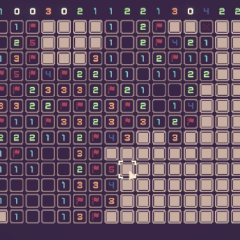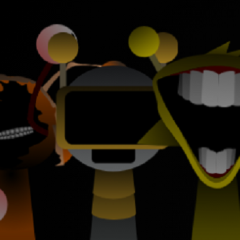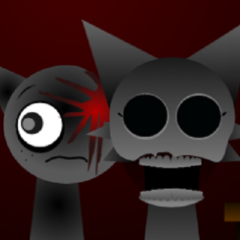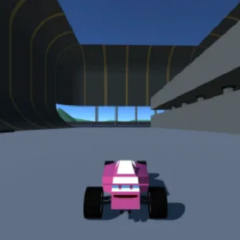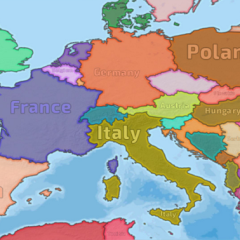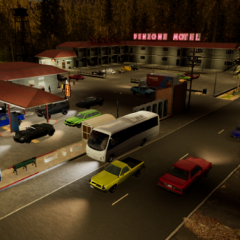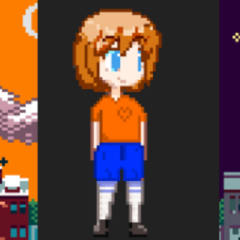Minato is a short narrative game that follows a day in the life of a young person living in a quiet coastal town. The player moves through familiar streets, interacts with local residents, and experiences small events that reveal fragments of the character’s past. The story unfolds gradually, using simple dialogue and observation rather than exposition. Minato is designed to be a contained experience that focuses on atmosphere, movement, and routine rather than conflict or challenge.
Setting and Interaction
The player navigates through the harbor area, market streets, and a small residential neighborhood. Each location contains interactive elements that trigger short memories or conversations. Movement is slow and deliberate, encouraging attention to the environment. The game uses minimal interface elements, relying on contextual prompts instead of menus. By observing details — such as a passing train or an empty shop — the player connects scattered pieces of narrative. The town serves as both a physical space and a record of everyday habits that define the protagonist’s life.
Gameplay Systems and Design
Minato combines visual storytelling with environmental interaction.
Its structure includes:
· A fixed route through several connected zones
· Dialogue choices that influence tone rather than outcome
· Collectible items that represent memories or routine actions
· A background sound system tied to the time of day
· Subtle visual transitions that mark emotional changes
These mechanics form a rhythm that reflects the pace of daily life. The lack of traditional goals shifts focus from achievement to reflection. Instead of scoring or progression, the player’s engagement comes from noticing patterns and connections within the town.
Narrative and Themes
The story in Minato is told through simple conversations and internal thoughts. It explores how routine and memory interact, showing how small actions carry personal meaning. The player uncovers fragments of past experiences that gradually form a timeline of the character’s relationship with the town. Each scene functions as a self-contained memory that adds context to the whole. The writing avoids direct explanations, leaving space for interpretation and emotional distance.
Context and Reception
Minato was developed as an independent project and released for free on digital platforms. It has been discussed for its focus on slow exploration and grounded storytelling. Players often describe it as an interactive diary or walk through a familiar place seen from a different perspective. The simplicity of its design allows it to be completed in one sitting, emphasizing the passage of time as a central mechanic. Minato remains an example of how interactive media can express everyday experience through movement and silence rather than through challenge or competition.

